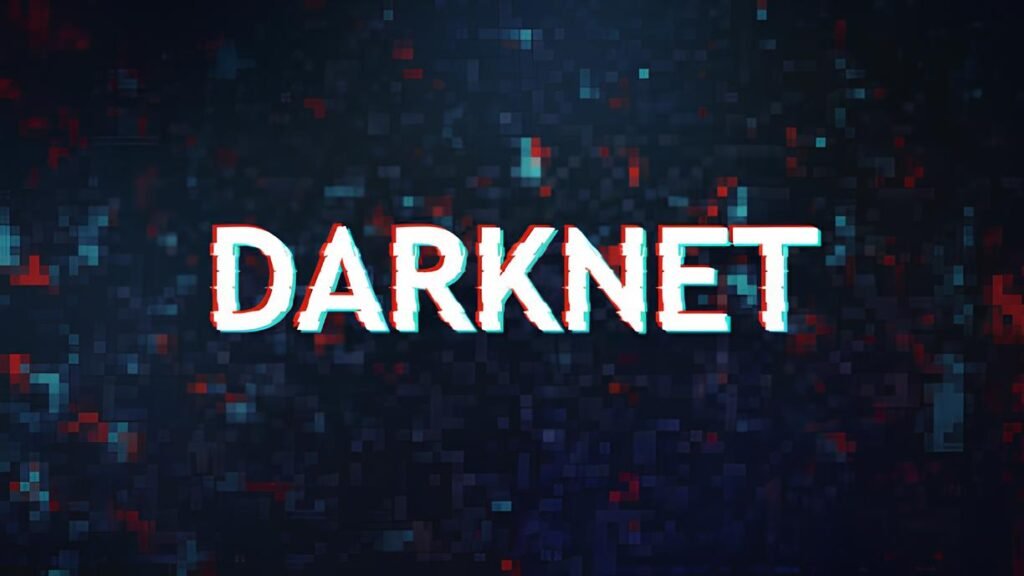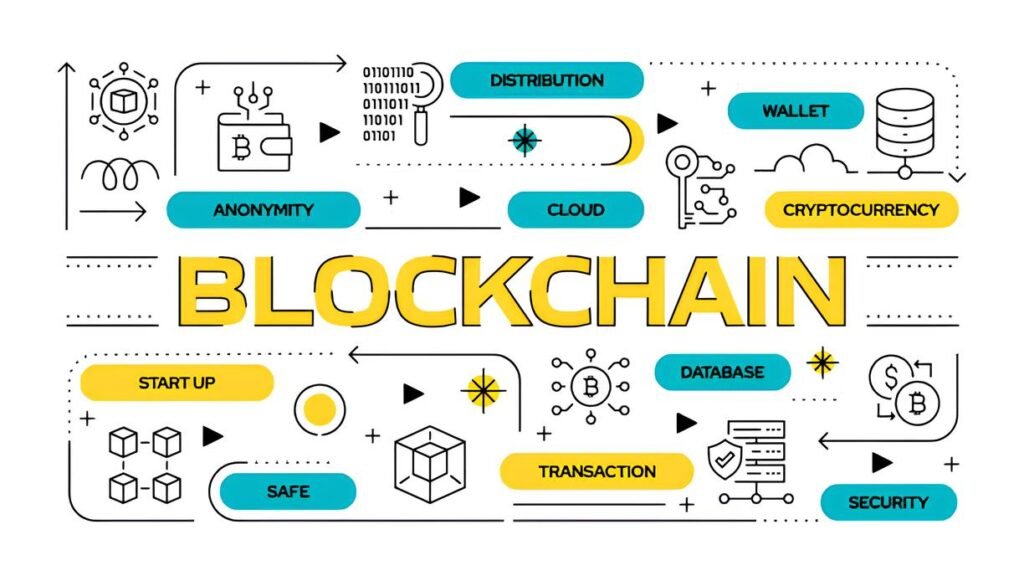How to Detect a Fake Darknet Privacy Forum
Imagine pouring hours into finding a community where privacy matters—a place on the darknet where people share insights, tools, or even whispers about the cutting-edge of anonymity. You finally find a promising forum with an inviting name, flashing promises of exclusive knowledge and airtight privacy. You eagerly register, only to realize something’s off. Is the forum a trap? A honeypot? A cleverly disguised scam? Detecting fake darknet privacy forums isn’t just about skepticism; it’s an essential survival skill.
The darknet may be a refuge for privacy advocates, but it’s also a hunting ground for deception, manipulation, and surveillance. Spotting a fake privacy forum requires more than intuition—it demands an eye for details, an understanding of what’s standard—and some technical savvy to sniff out inconsistencies. This guide dives deep into the tactics you can use to distinguish real, trustworthy communities from counterfeit traps lurking behind onion addresses.
In This Article
Why Do Fake Darknet Forums Exist?
Before diving into how to detect a fake forum, it helps to understand why they exist in the first place. Fake darknet forums are often designed to:
- Harvest information: By tricking users into registering, fake forums gather usernames, passwords, PGP keys, or other personal details that might be reused elsewhere.
- Trap law enforcement targets: Honeypots lure suspects into exposing their identities, locations, or activities.
- Disseminate malware: These forums may encourage downloading “privacy tools” or “security updates” that are actually spyware or ransomware.
- Spread misinformation: Fake communities can skew conversations or plant false narratives to confuse real privacy advocates.
In short, fake forums undermine the very privacy ethos they claim to uphold.
Check the .onion Address and Hosting Details
The first easy step is to examine the forum’s onion address and hosting. Real privacy-focused forums will usually rely on authentic, well-constructed onion services that follow the latest Tor v3 addressing standards.
Beware of onion addresses that look suspiciously short, contain repeated characters, or use unexpected URLs. Attackers sometimes create fake addresses closely resembling popular forums—known as typosquatting.
Be cautious with onion mirrors or versions hosted on VPS servers located in countries known for aggressive surveillance. How blockchain metadata can reveal about you offers insights on how metadata from hosting can inadvertently expose sensitive information.
Verify Hidden Service Authenticity
Legitimate forums sometimes provide PGP-signed announcements or links to their official .onion URLs through multiple independent channels, such as verified clearnet sites, trusted social media accounts, or forums with established user bases. Cross-check these channels before trusting the onion address outright.
Analyze the Community and Moderation Style
A real darknet privacy forum thrives on user contributions and robust, respectful moderation.
Fake forums often have these telltale signs in their user base and moderation:
- New or empty accounts dominate: A genuine forum typically shows varied member ages, usernames with meaningful pseudonyms, and active engagement.
- Spammy or automated posts: Bot-generated comments, incessant advertisements, or posts pushing dubious “privacy” software are red flags.
- Inconsistent moderation: Look for signs that moderators reply promptly and enforce privacy guidelines firmly. Poor moderation often allows scam links or suspicious content to persist.
- High volume of off-topic or inflammatory posts: This can be a tactic to overwhelm the forum, distract users, or catch careless mistakes.
Anonymity depends not just on technology, but on community vigilance. Forums that fail to maintain a privacy-focused environment may have ulterior motives or be deliberately deceptive.
Evaluate Privacy Features and Security Measures
Trusted darknet forums go beyond just hiding behind Tor. They typically embed additional privacy and security measures—including:
- Mandatory PGP key registration: Users are encouraged or required to associate PGP keys with accounts to secure communications and transactions.
- End-to-end encryption on messaging: Private messaging systems within the forum or linked services use recognized encryption protocols.
- Strict no-logging policies: Although hard to verify, real forums often publicly share security whitepapers or audits emphasizing minimal data retention.
- Use of CAPTCHA and anti-automation safeguards: To block bots without compromising privacy.
If these features are missing or implemented poorly—such as obvious bugs in encryption workflows or requests for personal identifying info—it’s time to be cautious.
Privacy-first forums usually avoid collecting any metadata beyond what Tor provides, implementing continuous updates to block fingerprinting and timing attacks.
Spot Common Honeypot and Scam Tactics
Government or law-enforcement honeypots mimic real forums but follow recognizable patterns. Some warning signs include:
- Pressure to download unusual files: Fake forums often push “security tools” that are backdoored.
- Requests for personal data outside safe cryptographic channels: If you’re asked for phone numbers, real names, or traceable emails, assume it’s a trap.
- Links to clearnet sites promising “exclusive” darknet access: These often lure newcomers to phishing scams.
- Rapidly changing or disappearing moderator accounts: Unusual churn of admin identities suggests instability or control issues.
- Forums that require payment just for reading content: While some darknet marketplaces require deposits, privacy forums typically remain freely accessible with optional donation models.
Behavioral Red Flags
Watch for users or admins who:
- Post contradictory or inconsistent privacy advice.
- Attempt to discourage OPSEC or best practices.
- React aggressively when users question authenticity or moderation.
These signs often indicate hidden agendas or covert surveillance.
Tools and Techniques for Verification
There are several methods to validate or flag suspicious darknet forums:
- PGP Signature Verification: Confirm that public posts or announcements are signed by known, trusted keys.
- Cross-Referencing Onion Mirrors: Verify that the forum appears on multiple trusted onion mirrors, reducing the risk of a single-host fake.
- Reputation Checks: Use darknet reputation monitoring systems that analyze user reports without compromising privacy. Our discussion on monitoring darknet reputation without linking accounts explores how to approach this cautiously.
- Open Source Code Audits: If the forum software or client tools are open source, review code repositories for consistency or signs of malicious components.
- Forum History and Archive Checks: Look for historical snapshots through archived pages or trusted darknet wikis. Sudden appearances with no history are suspicious.
Always verify new onion sites with known PGP-signed announcements or established privacy resources before engaging.
Best Practices to Approach New Darknet Forums
When you’re curious to explore a new privacy forum, keep these precautionary habits in mind:
- Access forums using hardened environments like Tails or Whonix to reduce device-level leaks.
- Use unique pseudonyms and non-reusable emails or burner addresses.
- Never upload files or provide cryptographic keys without fully understanding the risks.
- Test forum links and content using sandboxed virtual machines or anonymous Tor circuit variations.
- Keep your VPN fully patched and verify it against IP or DNS leaks, such as through resources on the best VPNs for Tor in 2025.
- Observe community interactions before posting or sharing personal info.
Remember
Even well-intentioned forums can be compromised or infiltrated over time. Continuous vigilance is key to maintaining your anonymity and security.
Looking Beyond the Surface
Detecting fake darknet privacy forums is part art, part science. You’ll find that the most effective approach blends technical checks with an intuitive understanding of online community dynamics. The stakes are high—because behind every login could lie potential exposure, or worse.
Trust is the currency of anonymous communities, earned through transparency, consistent security practices, and respect for users’ privacy. Stories from seasoned darknet users remind us that no forum is perfect—so your own discipline and critical thinking form your best defense.
Every step you take to verify a forum is a step towards a safer, smarter experience navigating the darknet’s complex ecosystem.



